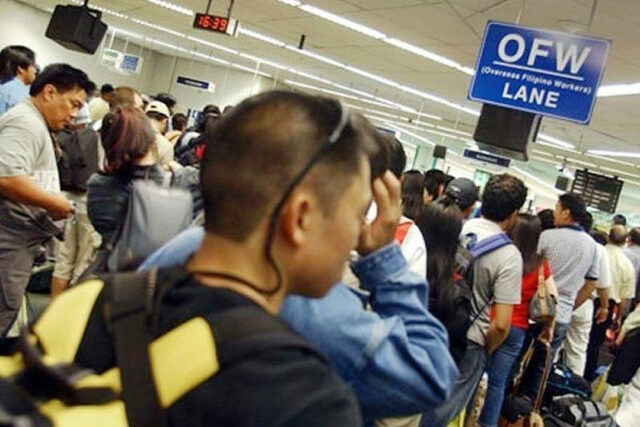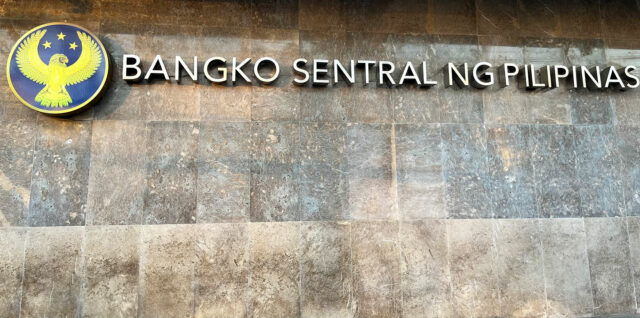(First of two parts)
As the world continues to confront many social, economic and environmental issues, this has increased shareholder expectations on long-term value and the impact corporates have on the triple bottom line of people, planet, and profit.
This sentiment has also underscored the key role of governance in fostering economic growth, social inclusion and environmental stewardship. Strengthening corporate governance (CG) is vital to building an environment of trust, transparency and accountability crucial to a more sustainable business.
Good governance rests on the principles of fairness, accountability, and integrity. As a cornerstone of the Environmental, Social, and Governance (ESG) framework and often referred to as the economic pillar, good governance reflects how boards of directors and management match the interests of shareholders, especially minority shareholders, the company’s customers, value chains, and the community.
WHY GOVERNANCE WORKS
A good CG framework adds value to the company as it enhances investor confidence and helps mitigate risks.
CG has been pushed to the top of the agenda in the aftermath of many financial, health, and economic crises as investors become more engaged with companies on how they are run and how they impact stakeholders.
There is evidence of how better CG is paying off for investors. Take for instance the case of Japan. In a recent article published by Bloomberg, the country’s government urged companies to strengthen their focus on shareholders for nearly a decade. This was further pushed after the Tokyo Stock Exchange started telling company executives to hike returns for shareholders. Today, Japanese firms are returning more value to shareholders and increasing the number of women directors among other notable efforts.
Dividends from Japanese firms more than doubled to ¥19 trillion in the financial year to March 2023, from around ¥8 trillion 10 years ago, according to data compiled by Okasan Securities in the Bloomberg report. The dividend payout ratio has also increased to 36% from around 26% during the same period. Share buybacks, as a means to return value to shareholders, also registered a five-fold increase from a decade ago.
There is also increasing board diversity as Japanese firms have added more women to the board with women now holding 17% of board seats in Japanese companies from 2.3% a decade prior, Bloomberg reported.
The independent view is important as this helps manage the equitable treatment of all stakeholders and potential conflicts of interest that may be disadvantageous to the interests of minority shareholders.
Let us look at a local example.
In SM’s case, the appointment of an independent director as Chairman of the Board in 2023 was a first in its history. This speaks volumes about the company’s desire to uphold the highest standards of CG by going beyond mere compliance. Independent judgment and independent leadership remain fundamental parts of the principles of CG.
SM’s Board is composed of nine highly qualified directors, five of whom are independent directors. Out of the five independent directors, two are female. CG standards prescribe at least 30% of boards to be comprised of independent directors; current regulatory requirement prescribes at least 20%. SM’s current Board is already beyond minimum compliance relative to these standards. With the fifth independent director, SM’s independent director Board composition is at a higher level of compliance as the company adheres to the best practices in CG.
On top of this, SM’s Related Party Transactions Committee is composed entirely of independent directors with the right to review any transactions or related relationships in the group. Deals are reviewed by this committee and recent deals have had both auditors review alongside independent fairness opinions by third party firms recommended by the Securities and Exchange Commission or the Philippine Stock Exchange. SM’s Audit, Corporate Governance and Risk Management Committees are also composed entirely of independent directors.
INVESTING IN THE TRUST CURRENCY
The foundation of a good relationship is trust.
In business, it matters that the stakeholders — employees, customers, investors, tenants, suppliers, depositors, and others — trust the governance and leadership of the company to foster confidence in the company’s direction and decisions.
Why is it important to invest in the “trust” currency?
Good CG ensures that there is equitable treatment of and engagement with stakeholders — all shareholders, including minority shareholders, are treated fairly and equitably. This likewise promotes long-term performance and sustainability by aligning the interests of all shareholders with business resilience and continuity.
Based on investor feedback from SM’s non-deal roadshows, investors from Asia, Europe, and the US prefer to invest in markets with a better governance structure and track record.
A study on the Impact of ESG performance on firm value and profitability by Mahmut Aydogmus published in the Borsa Istanbul Review in 2022 indicated that the ESG combined score has a positive and highly significant relationship with firm value. Social and Governance scores have significant positive relationships with firm value too. This means shareholders, investors, creditors, governments, and other stakeholders expect the firms to do more on ESG. When they meet and exceed these expectations, the market most likely rewards them.
Well-governed companies often attract huge investment premiums, gain access to cheaper debt, and outperform their peers, according to a study by the International Finance Corp. in 2006. A commitment to good CG — well-defined shareholder rights, a solid control environment, high levels of transparency and disclosure, and an empowered board of directors — draw both investors and lenders, and attract premium valuations.
According to a McKinsey survey in 2023, about 85% of the chief investment officers they surveyed said that ESG is an important factor in their investment decisions. A significant majority are prepared to pay a premium for companies that show a clear link between their ESG efforts and financial performance.
Amando “Say” M. Tetangco, Jr. has served as the first independent director chairman of the Board of SM Investments Corp. since 2023. He is also the vice-chairman of SM Prime Holdings, Inc., and is an independent director of other companies. Prior to joining SM, Mr. Tetangco was a career central banker for over four decades. He eventually assumed the post of governor of the Bangko Sentral ng Pilipinas and chairman of the Monetary Board, serving two consecutive six-year terms from July 2005 to July 2017.
map@map.org.ph
pujuan29@gmail.com













